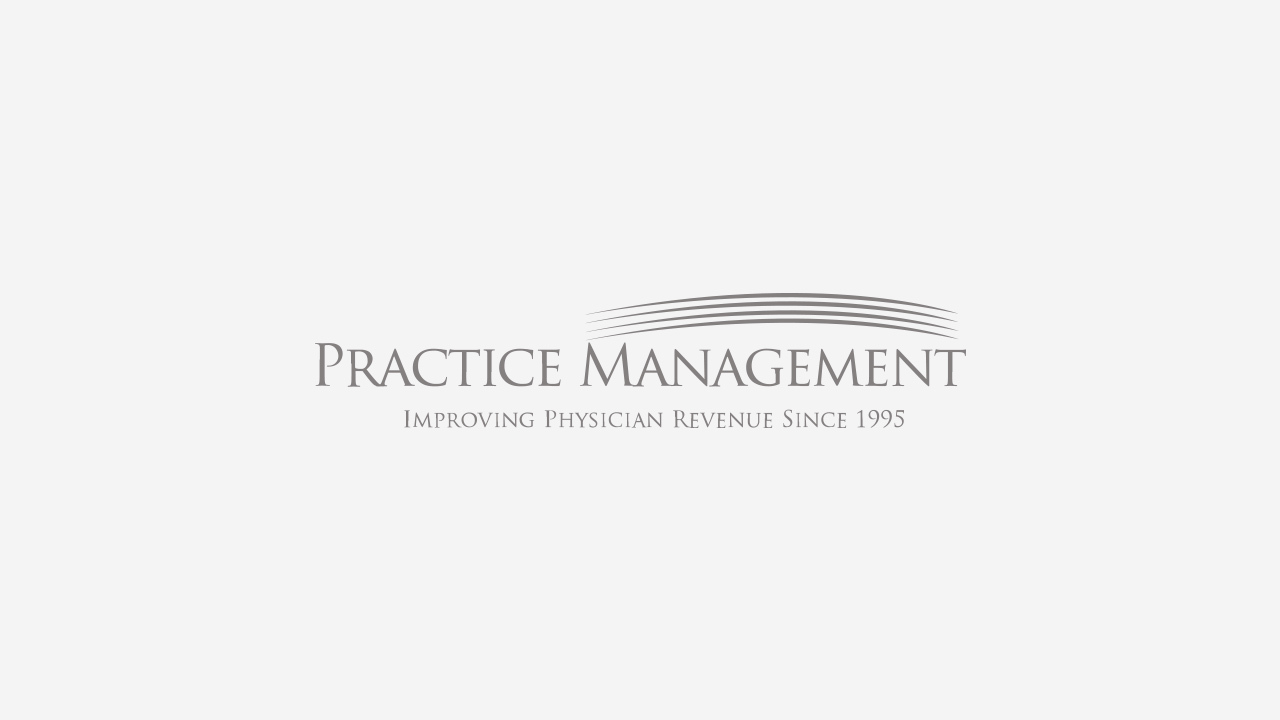
Health centers and medical practices store a plethora of sensitive patient information. So, it’s no surprise that healthcare facilities are the number one target for hackers. Healthcare experienced upwards of 3 times more cyberattacks than any other industry (Cisco). Ignoring this threat is not a wise choice. If you still aren’t convinced that you need to check, and then recheck, your security protocols, here are seven more statistical examples of why you need to make this a priority right now.
Hopefully, these stats make it crystal clear that you need to make cybersecurity a top priority at your health center. That’s why at Practice Management we implement security protocols such as penetration testing, data loss detection, and multi-factor authentication. Patient information is too important to leave to chance.